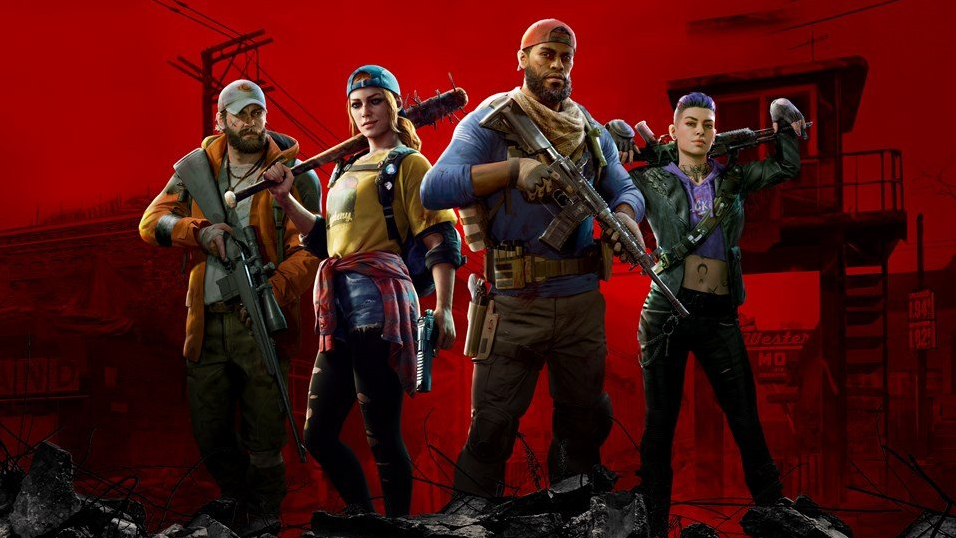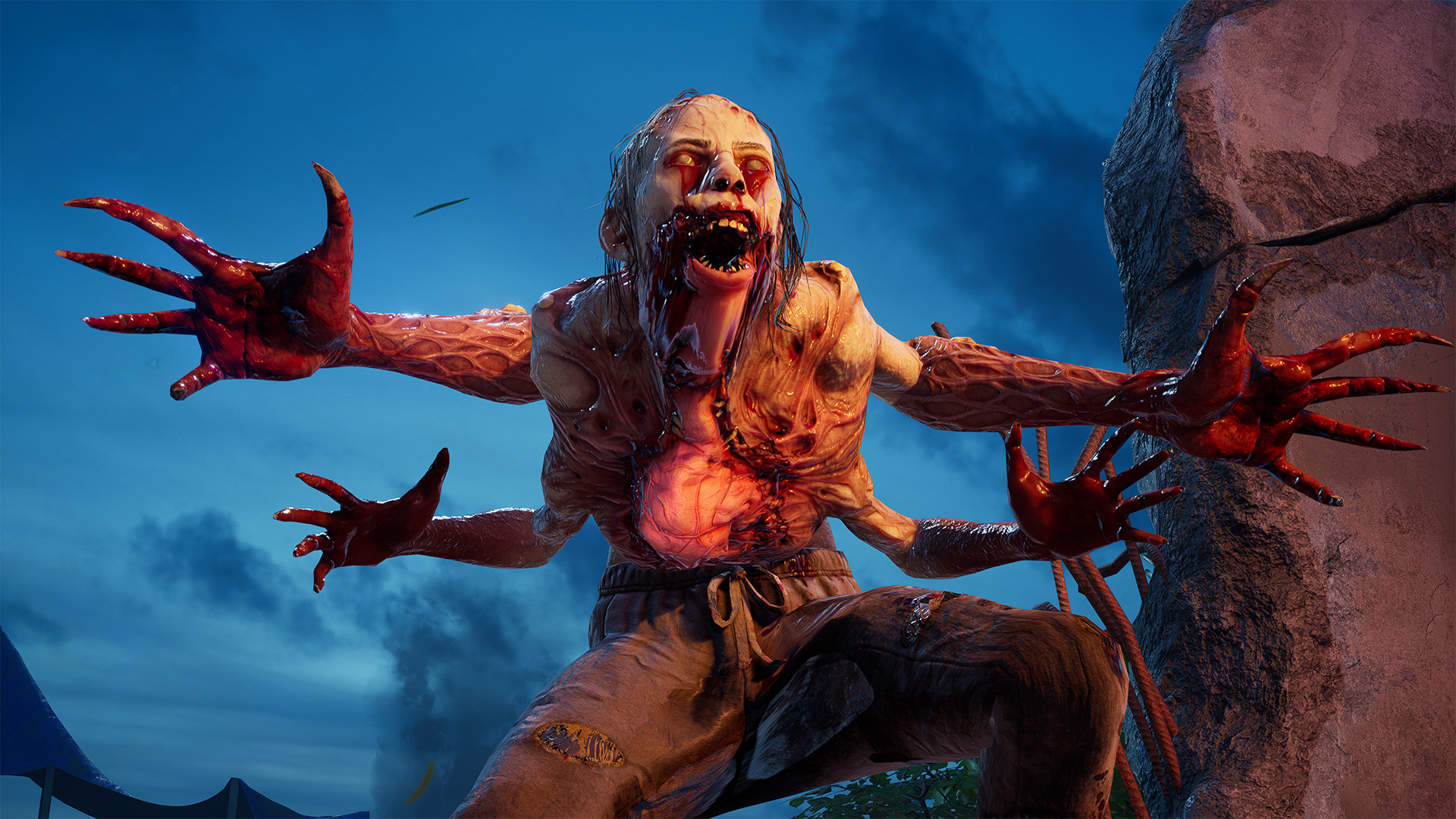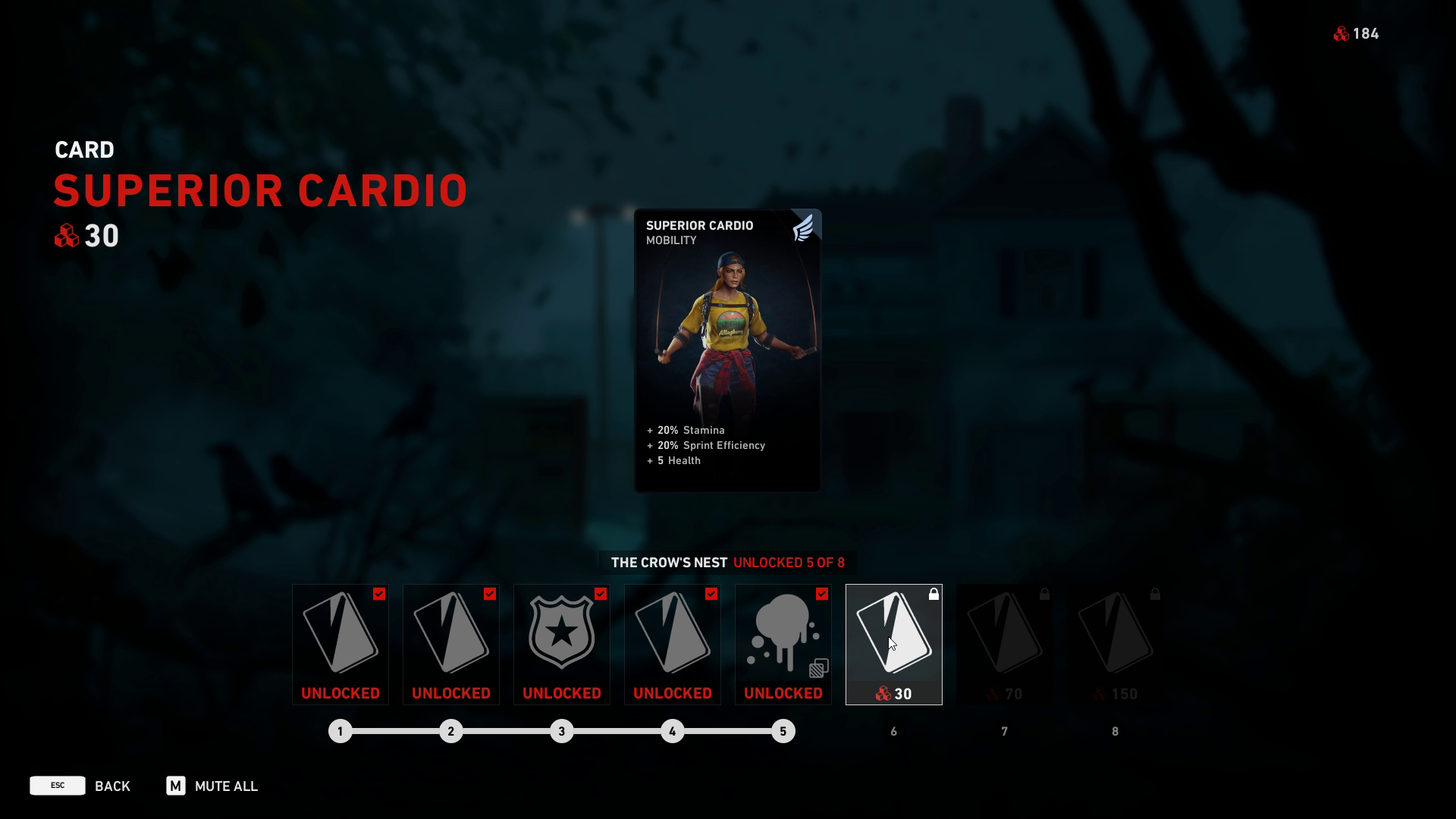9 hours in, Back 4 Blood is bloody brilliant
Back 4 Blood may be the worthy Left 4 Dead successor I've always wanted.


Back 4 Blood Versus mode explained
Back 4 Blood Cleaners guide
Back 4 Blood card system explained
Back 4 Blood, Turtle Rock Studios' spiritual successor to Left 4 Dead, is out now and we're playing it. OK, it isn't officially "out" until October 12, but considering that anybody who pre-ordered the game could start playing as of yesterday, it's basically in the middle of a soft launch. Those who didn't pre-order (because pre-ordering games is silly) or planned to play it day one on Game Pass are stuck waiting until Tuesday.
We'll have a full review of the game ready around then, but in the meantime, I've logged my impressions based on my first nine hours slaughtering zombies with friends. The gist? Back 4 Blood is a ton of fun so far, and not as overcomplicated or bloated as I feared it'd be. Check back for updates as I play more levels, try out more Cleaners, and unlock more modifier cards.
Back 4 Blood day one impressions
Truth be told, I wasn't excited to start up Back 4 Blood yesterday. I've played early versions of the game twice in the past year, once for the campaign alpha and again to try PvP earlier this year. Both times, I didn't have much fun. I was skeptical of Turtle Rock's new emphasis on stat bonuses through cards and disliked how much slower it felt than Left 4 Dead. It was also a bit of a performance mess for me, which really hampered the gunplay. I'm happy to report that after nine hours with the full game, I've done a 180.
Back 4 Blood is quite good, and unsurprisingly, it's a lot better with friends. The first thing I noticed in the full version is how much better guns feel to shoot—a very important thing for a co-op FPS to get right! Despite visibly slow tracers that fly out of the barrel, everything is hitscan, meaning even single-fire guns can feel powerful compared to full-auto rifles if you're landing quick headshots.
After years of Left 4 Dead 2 replays with friends, the transition from running-and-gunning to stopping-and-popping was a little awkward—Back 4 Blood is a little more like Call of Duty—but we discovered that many guns are pretty darn accurate from the hip and can become even more so if you buy or loot a few attachments.
Wait, buying and looting in my Left 4 Dead sequel? That's right, better guns aren't always handed to you at the midpoint of a level in Back 4 Blood. At the start of each level, you can spend Copper found in the world to purchase healing items, grenades, guns, attachments, and upgrades that apply to the whole team. I wasn't sold on the idea of fiddling with my weapons at first, but the upgrades are so varied and transformative that they won me over. Do I spend the last of my Copper on a suppressor that grants a sneak attack bonus on zombies that don't see you, or outfit my shotgun with armor-piercing rounds that can penetrate a bunch of zombies at once?
Turtle Rock made a few smart design choices with its customization and looting that keep it from bogging things down. For one, the beginning of a level (while you're still in the safe room) is the only time you can really buy stuff and micromanage your kit. And since everyone's doing it at the same time, you organically get a few-minutes-long buy phase before everyone is comfortable leaving the room. Once you're out in the world, you can swap attachments with ones you find on the ground, but you can't dive into an Apex Legends-style inventory screen and decide you want this scope on your other gun.
The biggest gaming news, reviews and hardware deals
Keep up to date with the most important stories and the best deals, as picked by the PC Gamer team.
Back 4 Blood is more about making quick decisions and moving on, both because its simple loot makes it easy and because the AI director will send a fresh wave of infected your way if you dilly-dally for too long.
Back 4 Blood's special infected (called Mutations here) are a big reason the shooting is so consistently fun. There are a lot of them—Turtle Rock has essentially taken the infected archetypes from Left 4 Dead and expanded on them in every direction.
For example, there's basically a Boomer that spits horde-attracting acid and blows up in your face, but there are also two or three other variants with different weak points that may explode into fire instead or, as seen in the gif above, throw you 40 feet backwards into an early grave. And within these variants, the director may serve a Corruption Card (a random world modifier) at the start of the level that makes them more aggressive or gives them thick armor around weak points. My favorite new monster is the Sleeper, a zombie that asks, "What if Left 4 Dead's Hunters hid inside fleshy wall sacs until you walked near them and then pounced on you?"
Those nasty Sleepers were giving our group a lot of trouble the first time we encountered them, but on a subsequent run, my friend was playing Karlee, one of Back 4 Blood's eight "Cleaners" to choose from. Cleaners have a unique personal ability and one team bonus that benefits everyone. Karlee's signature is her ability to see special infected through walls, a technique that came in clutch when we were navigating a pitch-black house with Sleepers around every corner.

Cleaners are another aspect of Back 4 Blood I didn't expect to like so much. Like the L4D survivors before them, a lot of personality comes through in the situational banter. Every cleaner has a few different ways to say "why the hell did you shoot me" and the person they're talking to has several versions of "chill, it was an accident." But unlike L4D, I'm not only choosing a character based on whose hands I'd like to see for the next 30 minutes. So far I've been maining Doc, a support character who can heal each teammate for free once a mission and starts with my favorite pistol, but I'm seriously thinking of switching to Holly, a bat enthusiast who earns stamina back for every melee kill, essentially making her a never-ending weed wacker of zombie heads.
Turtle Rock seems to have smartly tweaked the difficulty since I last played, too. The game defaults to the lowest difficulty level of three, Recruit. We've noticed a pretty constant supply of ammo and Copper that made much of Act 1 breezy and fun (usually as a party of two with AI companions), but we're starting to sweat a few levels into Act 2. We're sticking to Recruit for now because levels unlock individually at each difficulty. I'm interested to see how much harder Back 4 Blood can get once we're ready for a second playthrough. Based on the description, the game has been holding back some particularly mean Corruption Cards.
At the core of my Back 4 Blood fun is its surprisingly fantastic performance on my rapidly aging PC. I had major framerate issues on my RTX 2060 and Ryzen 2600 CPU during last year's Alpha test, but now in the full release, I haven't had to lift a finger to get a relatively smooth 80-90 fps on the High preset. I suspect that Back 4 Blood's implementation of Nvidia's DLSS feature is helping out a lot here. I have it set to Quality and, so far, I haven't noticed any of the cloudy motion blur that the supersampling can sometimes cause.
Back 4 Blood is a big game, and having finished the first act of four, it's clear I'm just now getting into the meat of it. I feel like I've already played one and a half Left 4 Deads in that time, so map variety probably won't be an issue this time around. That said, it's a shame that (as far as I can tell) Turtle Rock has no plans for official modding tools, a perk that has kept Left 4 Dead 2 and other Source games alive with new, free content years after release. Maybe somebody will find a way, but I doubt I'll ever be able to click one button and turn Back 4 Blood's Tallboy into Shrek.
I'll have more to say about Back 4 Blood's maps, card system, and PvP mode in the final review (PvP seems pretty bleh so far, but with co-op this good, I might not care).

Morgan has been writing for PC Gamer since 2018, first as a freelancer and currently as a staff writer. He has also appeared on Polygon, Kotaku, Fanbyte, and PCGamesN. Before freelancing, he spent most of high school and all of college writing at small gaming sites that didn't pay him. He's very happy to have a real job now. Morgan is a beat writer following the latest and greatest shooters and the communities that play them. He also writes general news, reviews, features, the occasional guide, and bad jokes in Slack. Twist his arm, and he'll even write about a boring strategy game. Please don't, though.

